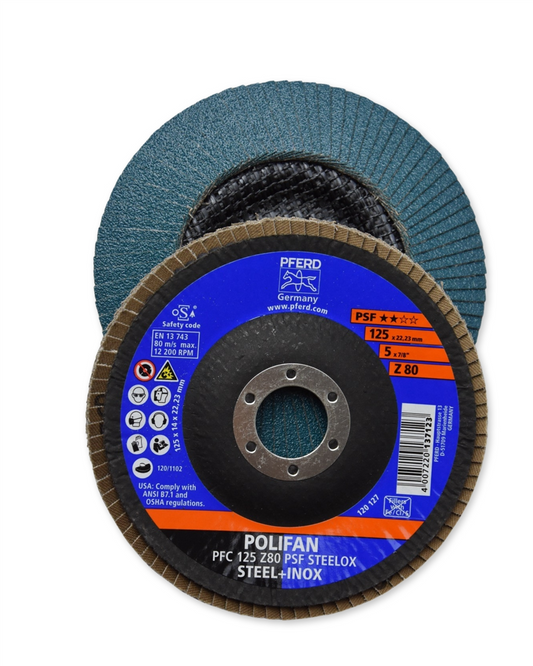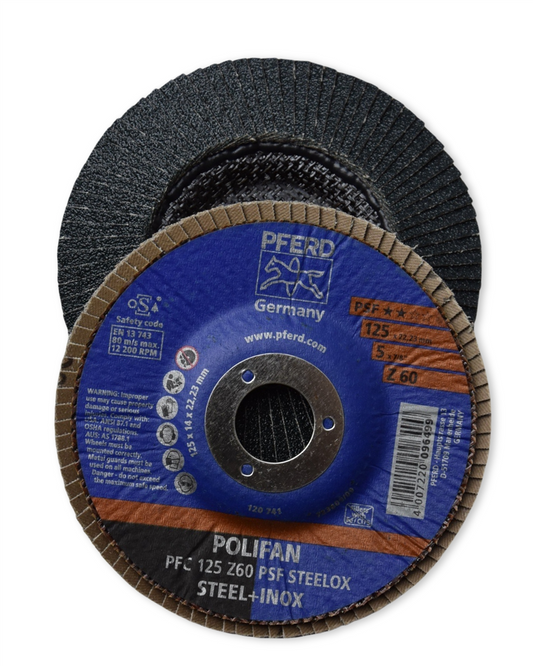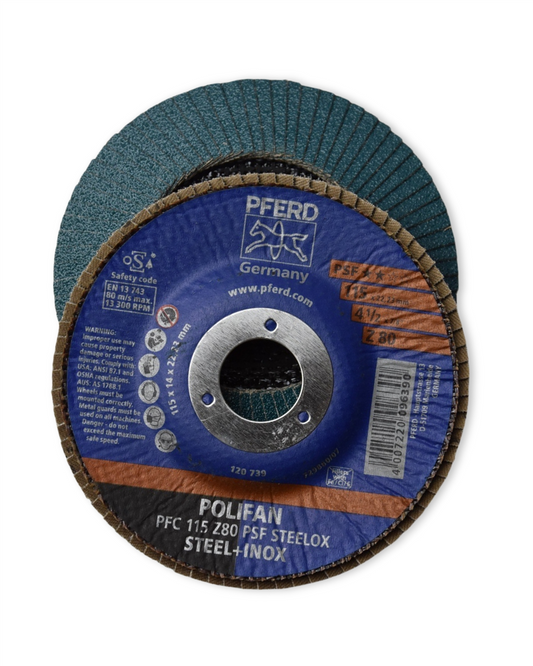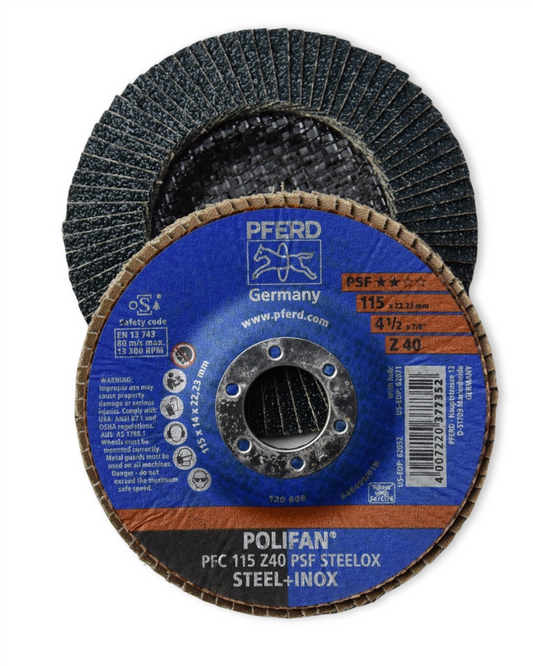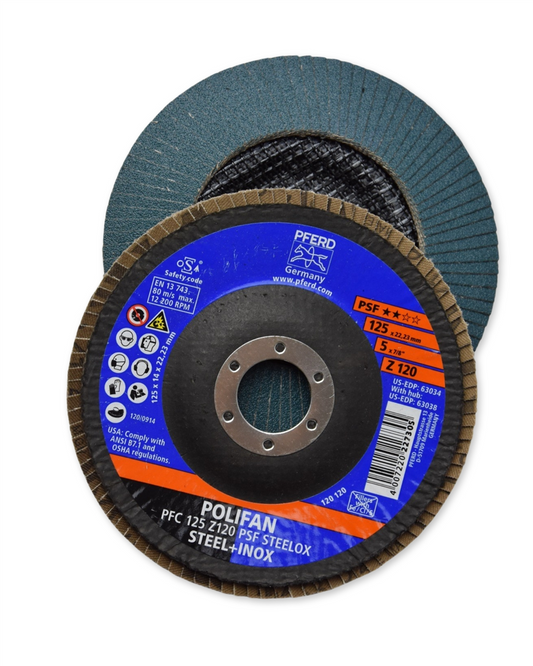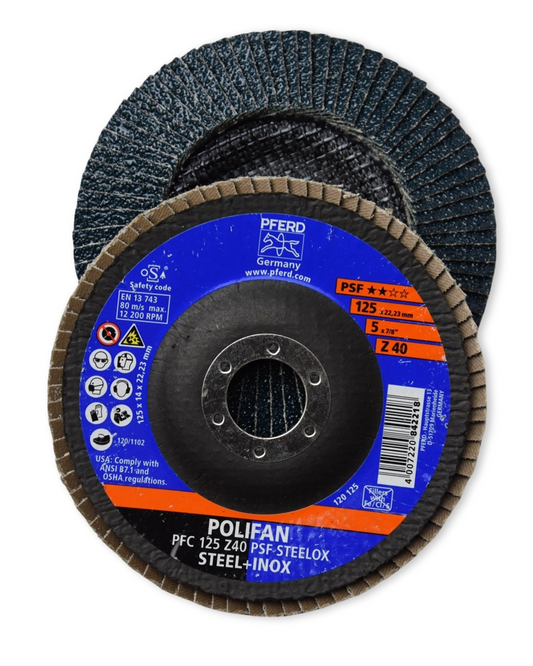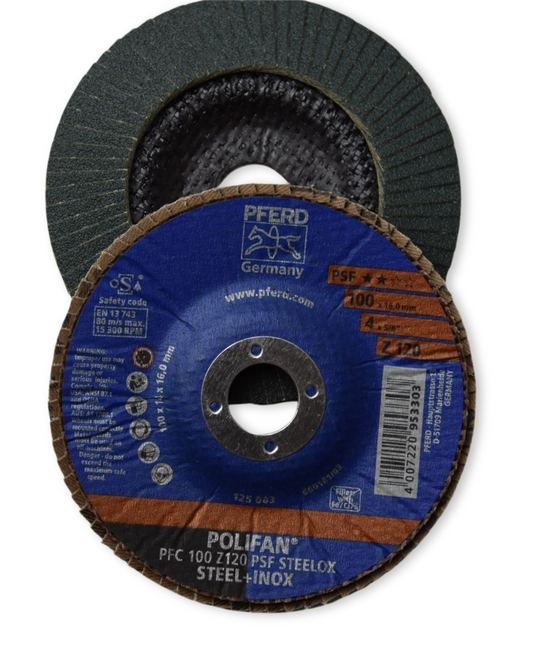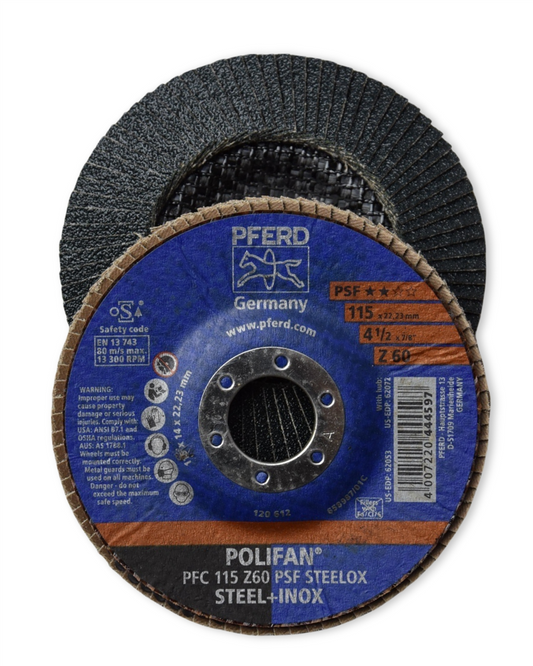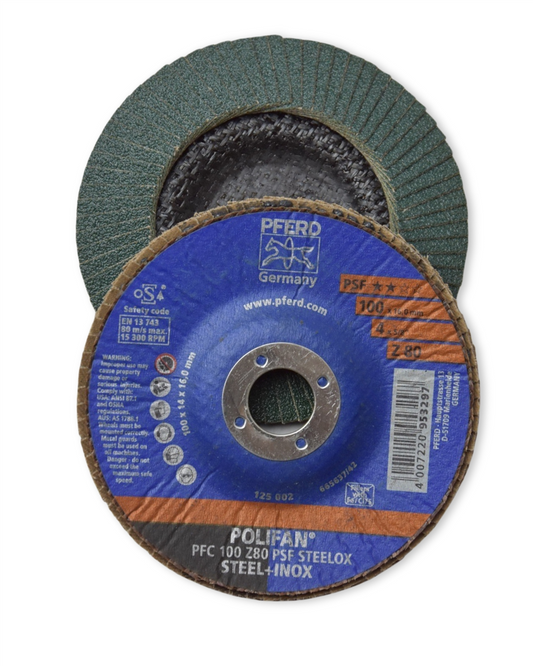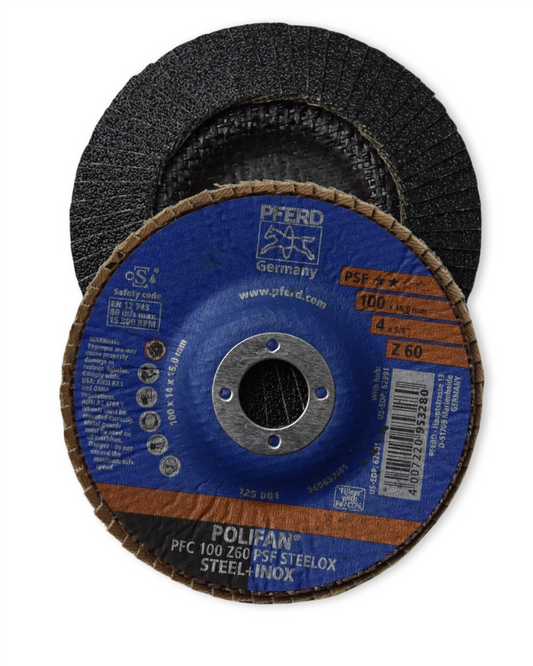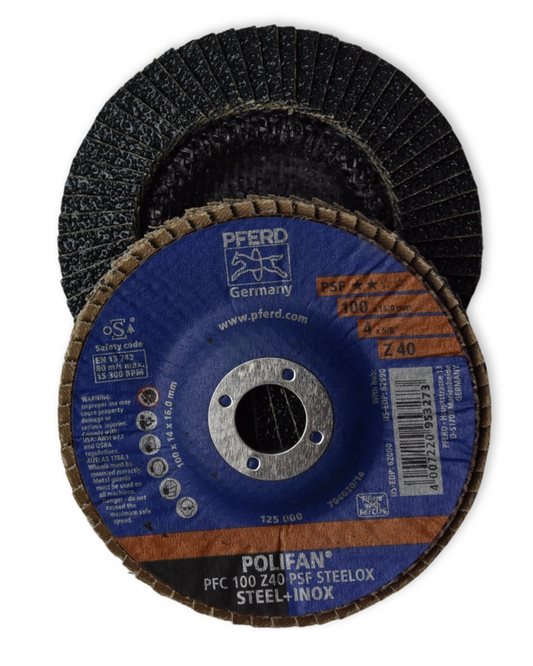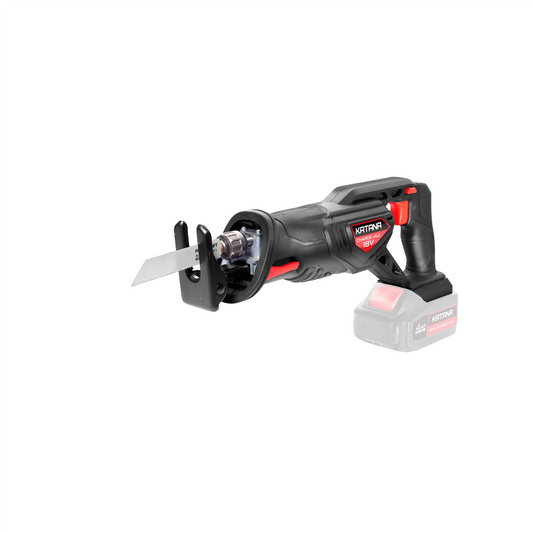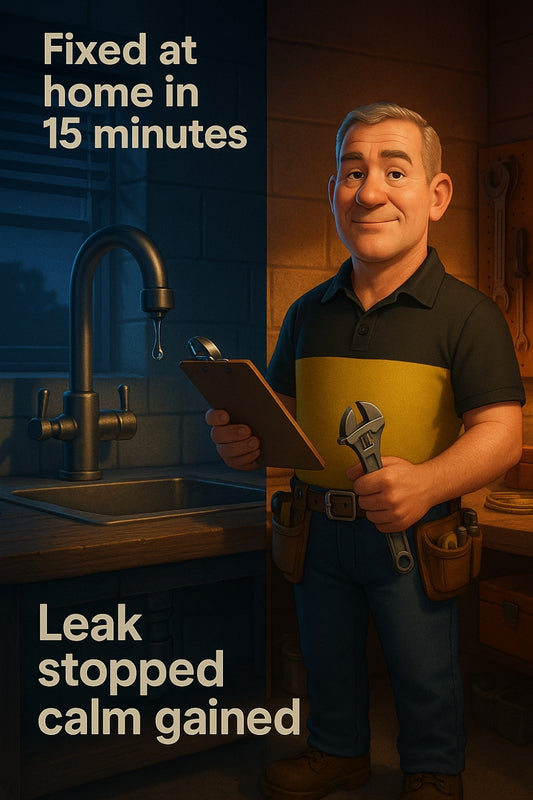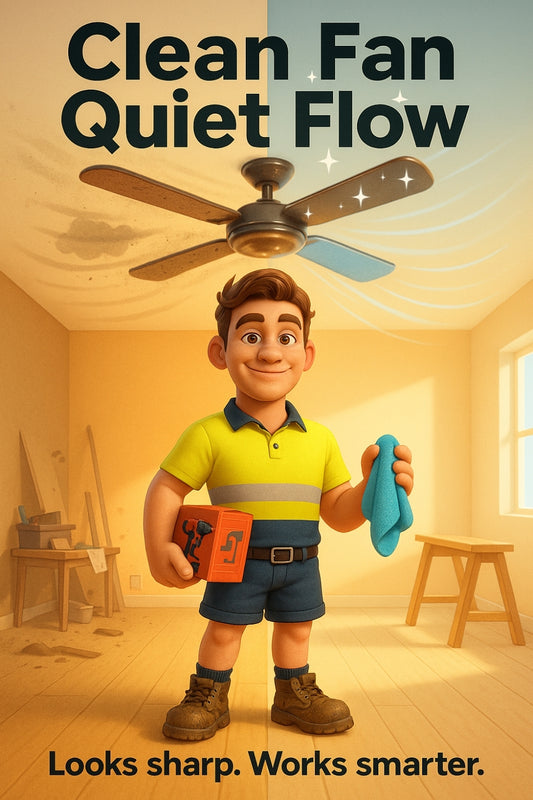Coopers called — their new shed's warping. Are you picking timber that's wrecking your rep?
Share
The quiet difference between a job that lasts and a job that haunts your call-back list
You’re halfway into a deck build. The boards looked sound off the stack—but now they’re warping, splitting, and sucking paint like a first-time apprentice on a hot day. You used your usual supplier. You followed the same steps. And now it’s costing you twice: time and reputation. Truth is, picking the wrong timber isn’t just a cosmetic pain—it can mess up deadlines and create lingering problems you didn’t bargain for.
Let’s break it down simply. Not all timber is equal. Not in look. Not in performance. Not in how it handles our dry winds, sudden rains, or blazing sun. Get this right, and your job gets easier. Get it wrong... well, you’ve likely already been there.
1. Start with End Use: Structure, Finish or Filler?
Before you even look at species, ask: what’s this timber doing?
- Structural timber holds things up. Think frames, studs, joists. Here, it’s about strength, stress rating (F-grade), and resistance to warping.
- Exposed timber needs to look good and last. Decks, fascias, posts. You want stable, straight timber with minimal knots—ideally seasoned and treated for local weather.
- Non-structural timber is your filler, boxing-in, shelving, trim. Light usage, often where you can cheat a little if needed.
The best timber isn’t fancy — it’s fit for purpose.
2. Softwood vs Hardwood: The Old Chestnut
People think hardwood means hard, softwood means soft. Not always.
- Softwoods like pine are fast-growing, readily available, and easy to cut. Great for framing and general use, but they need treatment outdoors.
- Hardwoods (think Tasmanian Oak, Merbau, Spotted Gum) are denser and more durable. Better for finishes where you want a bit of wow — just allow extra time for cutting and fixing.
What matters more is whether it’s treated for your job, seasoned correctly, and suitable for the exposure.
3. Treatment Codes Decoded (So You Don’t Guess Again)
If you’re building anything outside, treatment is non-negotiable. Look for these durability ratings:
- H3: Suitable for outdoor use above ground. Protected from termites and decay.
- H4: Ground contact safe — good for posts, retaining walls.
- H5: Gets used in direct contact with water (like footings or permanent wet areas).
- LOSP or Tanalith-E: Solvent- or water-based preservatives — helps limit nasties.
And don’t just go by looks or colour—ask your supplier where and how it’s been treated.
4. Moisture Makes or Breaks It
Unseasoned (or green) timber? That’s fresh-cut, cheaper, but still drying out. Expect shrinkage, warping, or even awkward movement after install. Best kept for framing where those shifts are accounted for.
Seasoned timber? It’s been dried and stabilised — more expensive, but more predictable. Perfect for exposed or finished surfaces where any movement shows up fast.
Give timber time to acclimatise on site before install. 48 hours minimum. Let it adjust to its final environment. Especially decking and exterior cladding. It’s worth pausing the job to prevent future headaches.
5. Timber QLD, Building Codes & Supplier Advice Matter
Yes, there are official standards worth checking. Wood Solutions and Timber Queensland offer species durability charts, joint recommendations, and span tables that make sense even if you’re skimming.
But here’s where local advice plays a major role. Conditions down here aren’t the same as northern builds. That beautiful spotted gum might split like dry toast by summer unless you treat, predrill, or seal it properly.
And no — timber from one mill doesn’t always perform the same as another. Ask where it came from. Ask if it’s kiln dried. Get specifics before you build.
Quick Reference: Common Local Picks & Their Strengths
- Radiata Pine (Treated): Cheap, easy to work, ideal for framing, battens, light decking with the right treatment.
- Merbau: Dense, rich in colour, stable when seasoned properly — popular for decking, screens, stairs.
- Spotted Gum: Tough, beautiful grain, native resilience — but heavy and unforgiving if not predrilled.
- Vic Ash / Tas Oak: Ideal indoors — architraves, furniture, benches.
- Red Gum: Heavy-duty, great for rustic beams and posts — but can be challenging to work with.
The Big Finish: Timber Doesn't Fail — Mismatched Use Does
Timber is like any good crew member: right role, right prep, great result. But chuck it in where it doesn’t belong, or cut corners on treatment or acclimatisation… and it’ll expose you faster than a loose balustrade check.
If you’re unsure, ask someone who knows the area — what works here in the Hills might split or soak up too much moisture just 50km down the road.
Strong builds start with smart timber choices. You already know how much time and hassle it saves when you get it right.
Cheers,
Candeece

Stay Connected
Follow our Facebook Page: Strathalbyn H Hardware on Facebook

